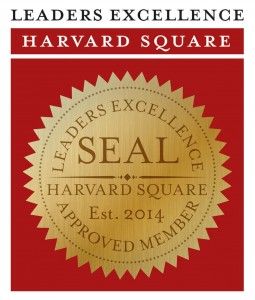Succession planning and replacement planning are two different things. Replacement planning is focused on identifying immediate understudies, while succession planning is focused on developing talent to move forward.
What is Business Succession Planning?
Successful succession planning is related to leadership development. It develops a pool of talent so that there are numerous qualified candidates throughout the organization to fill vacancies in leadership. Succession planning used to concentrate on developing leadership at the top level, but now it is building a strong talent base, which helps to increase employee loyalty and ensure the longevity of the company. This strategy requires recruiting qualified talent, creating a talent pool, and instilling loyalty.
Benefits of succession planning:
- Decreased turnover
- Increased employee satisfaction
- Improved commitment to company goals
- Enhanced image of the organization
What does succession planning require?
- Identify the long-term goals and objectives of the business: The long-term goals directly relate to succession planning. Is the company’s goal to grow or maintain its current position? Will it expand into other fields? All of these questions need to be addressed before creating a succession plan.
- Understand the developmental needs of the company and identify employees who fit these needs: The responsibilities of employees change over time. Some positions may be eliminated in the future while others will be added.
- Recognize trends in the workforce and engage employees to build loyalty: Understanding workforce trends will help you predict the needs of your organization. For example, are your key employees nearing retirement? Have you invested in talented employees to take on additional roles?
What Is Replacement Planning?
Replacement planning works under the assumption that the structure of the organization will not change. This is easier to apply in small family businesses that do not have any goals to expand or grow in the future. There are typically two or three “replacements” identified in the organization chart. Each backup is listed with his or her ability to replace an existing leader. The employees are not necessarily developed to understand the new working environment or smoothly transition into his or her new responsibilities.
Differences Between Succession and Replacement Planning
Many executives believe that they are engaging in succession planning, but in reality they are still using replacement planning.
The Main Differences:
- Replacement planning focuses on finding suitable replacements only for top executives.
- Succession planning means that the company is easily able to fill vacancies throughout the business because employees are being empowered and developed.
- There is a short list of candidates in replacement planning.
- Succession planning builds a large talent pool.
Succession planning takes a little more time and effort from those in leadership, but it yields a high return on such an investment.
This post is from December’s topic on Business Succession Planning, which is also a course on our Mini-MBA program online from Harvard Square.






